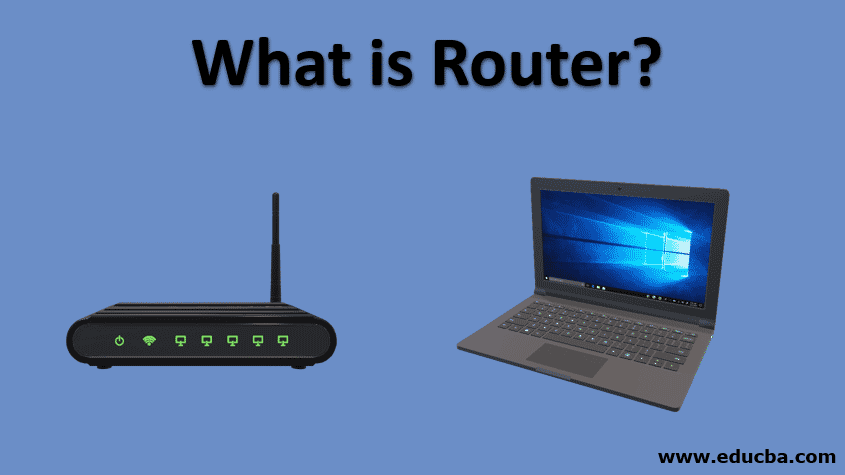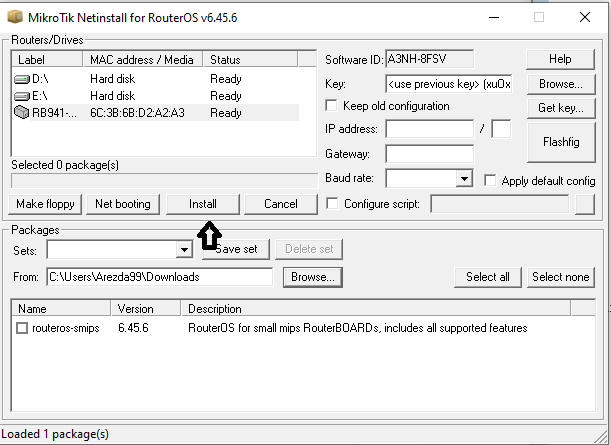
Once inside your router’s settings, look for the Update Software button. If you’re unsure of your router’s default login, you can find it in the user documentation that came with your router’s packaging. You can log into your router by entering the router’s IP address into your web browser’s address bar. That said, scan the file for malicious programs before installing. If it isn’t on the router maker’s website, you can look elsewhere. Go to your router manufacturer’s website and download the correct firmware for your hardware version. That said, with some products, like Belkin products and software, you can still connect via Wi-Fi. We recommend using an ethernet cable to get the best connection. How to Install Firmware on a Router STEP 1 Plug Your Computer into the Router That said, if updating your router firmware file doesn’t fix your issues, you should see if you need a new router. So, read on to get your router on the correct firmware version. If you cannot find your router login information, check the user documentation that came with your unit.

You can follow similar steps if your Wi-Fi booster isn’t working. Luckily, you can minimize security threats and keep your router efficient with the firmware update process. In addition, old firmware programs leave your networking software at risk of harmful computer code.

While you may think a router firmware update is optional, the upgrade process is critical to keep your software compliant with the latest Wi-Fi standards. So, if you’re wondering how do I update router firmware, read this guide. Alternatively, if you want to know how to check which devices are connected to a WiFi router, that’s another guide entirely.

While some models offer automatic updates, most router settings require manual software updates.

You can log into your router with the device’s IP address and the admin password included in the router’s user documentation.You need to periodically update the firmware on your router to keep it secure and in peak condition.


 0 kommentar(er)
0 kommentar(er)
